How to increase traction in ventilation: an overview of methods and devices for enhancing traction
Clean air is vital for any person, and the desire to use the achievements of technology and the experience of masters to build an ideal ventilation system in their home is perfectly natural. And as a result, each owner has a question - how to increase the draft in ventilation so that the polluted exhaust air easily gives way to fresh streams.
If you have ventilation problems or are just building a new home, Use the advice of our masters and the list of traction accelerators they have prepared, and the ventilation in your home will normalize.
The content of the article:
What is ventilation?
People, being in their apartment, cook, clean, wash and simply breathe during the day, thereby saturating the air with excessive moisture and odors, polluting with carbon dioxide. All this in the process of replacing air masses imperceptibly occurs with normally working ventilation, but results in considerable problems in the event of a failure of the air exchange system.
Without proper ventilation, the corners mold in the apartment, there is dampness, condensation on the windows, a musty smell.
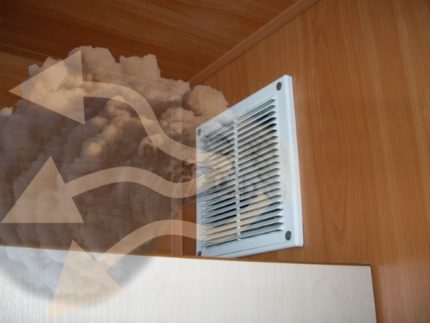
You can check the channel’s performance in a simple and effective way: by rejecting or moving a small piece of paper near ventilation grill, or the absence of dirt and dust on it with a smoked ceiling and walls.
Air exchange and types of ventilation
Air exchange - directional movement different temperature air mass, which occurs due to draft in the exhaust ducts.
Air movement is carried out according to two elementary rules:
- air moves to a lower pressure area;
- heated air moves up.
Traditional natural ventilation over time, it becomes less effective due to the different nature of the materials used in the construction of modern buildings.
Instead of “breathing” wood and brick, foam concrete reigns in houses, artificial heat-insulating and finishing materials, soundproof doors andmetal-plastic window. As a result, the air does not have the ability to circulate freely and easily through the rooms; therefore, the multifunctional ventilation systems took the palm.
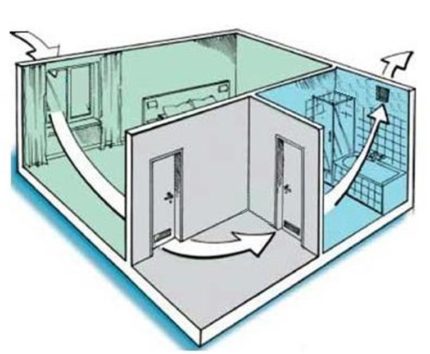
In the supply part, in the absence of infiltration, the installation of supply valves and a fan is possible. Overflow will help implement doors with bars; exhaust devices are needed in the bathrooms and in the kitchen.
In addition to conventional classical ventilation, mechanical methods of air exchange are used for full functioning. The most popular and sought-after way of arranging ventilation is considered supply and exhaust system, which not only removes used, but also prepares the incoming air (filters, warms or cools, purifies).
Factors Affecting Traction
Regardless of the type of device, the main indicator of the effective operation of the system is traction, the intensity of which depends on a number of reasons.
The directed movement of the air masses from the room to the outside naturally depends on uncontrolled weather conditions:
- the numerical difference in temperature indicators in the room and at the outlet of the channel (in cold weather the thrust intensifies, and in the summer it comes to naught);
- atmospheric pressure;
- wind direction and speed.
However, there are ways to influence the strength and speed of air flow.
Therefore, in the process of planning the ventilation system or its reconstruction, due attention should be paid to the following factors:
- the height of the outlet pipe on the roof;
- dimensions and inner surface of the ventilation duct;
- channel wiring;
- installation of deflector devices.
As everyone knows, airgravity in ducts occurs due to the difference in temperature and pressure at the inlet and outlet. For the stability of this process, it makes sense, to maintain the desired temperature, place ventilation pipes at least inin-wall space, and ideally next to warm pipes or insulate.
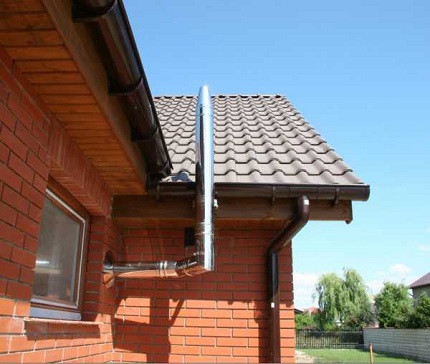
In addition, there are a number of nrave and requirements to the height of placement. The used air must leave the building above the roof, while the height of the exhaust pipe above the roof cannot be less than half a meter.
The resulting difference in height leads to normalizationoperation of the ventilation system and increased traction, which is not enough for residents of the last floors of multi-storey buildings with a flat roof - they have problems with air exchange.
For the traction force, not only the height of the ventilation duct, but also the direction of its laying is of great importance. Placement is only desirable vertical with the least number of turns (each reduces traction by 10%).
If possible, a pipe of the same diameter is used along the entire length, if necessary, the deviation angle is not more than 30 degrees.

A rigid round duct is considered the most popular type of ventilation pipe, due to its lower resistance and good airflow intensity, it is ahead of the economical rectangular and flexible corrugated.
When choosing the parameters, it is recommended to use pipes with a cross section of at least 16 cm2 - if made of stainless steel, and with a channel side of at least 10 cm, but most often use a size of 14 cm.
Increasing the parameters of the pipe will entail increased traction, therefore, it is more profitable to use the maximum possible dimensions of the diameter and length. In cases where it is not possible to install channels with the same length, resort to installing ventilation grilles in all rooms of the building.
Using a vent for ventilation
One of the most effective ways to solve ventilation problems is to install traction accelerators for ventilation, for example, deflectors. In contrast to the above methods for enhancing traction, which are more convenient to use in the process of construction or overhaul, installation of a device such as a deflector can be done at any convenient time.
In addition, the installation allows you to neutralize the consequences of such difficult to fix actions as insufficient channel diameter, low altitude, difficult weather conditions or poor location.
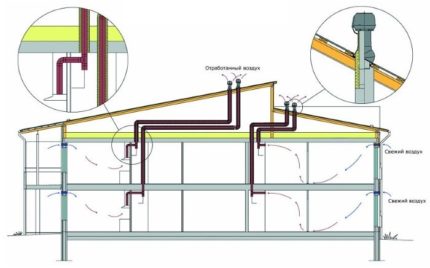
Baffle mounted on the outlet ventilation duct above the roof of the building, its size depends on the amount of exhaust air and the diameter of the duct. Available in standard sizes, many manufacturers work on order for individual parameters.
The most common materials for the manufacture of plastic and metals are aluminum, galvanized and stainless steel.
Plastic deflectors look externally much more advantageous due to their diverse design and color scheme, they also cost much cheaper, but keep in mind that their service life is short due to instability to high temperatures.
A typical ventilation deflector model consists of a nozzle, a diffuser and a cap with or without a return cylinder. Installation of the device is simple, it is possible to install a standard deflector yourself easily and simply.
The lower nozzle, divider diffuser and cap are alternately attached to the pipe head, connections are made with clamps, bolts and brackets. It is important that the cap is larger than the diameter of the diffuser to protect against oblique rain.

The mechanism of action of the deflector is based on elementary rules of physics. The wind, falling into the device’s body, is cutdiffusion, a rarefied zone appears and the air masses, being activated, rush from the ventilation channel to the low-pressure region.
In addition to its main function, the deflector also solves a number of other tasks:
- garbage protection;
- reducing the impact of negative environmental conditions;
- increase in ventilation system efficiency by 20%;
- the risk of reverse thrust is reduced.
The deflector is selected based on the design and price, usually dwelling on the well-known well-established models -TsAGI, Grigorovich, Astato, weather vane, H-shaped model.
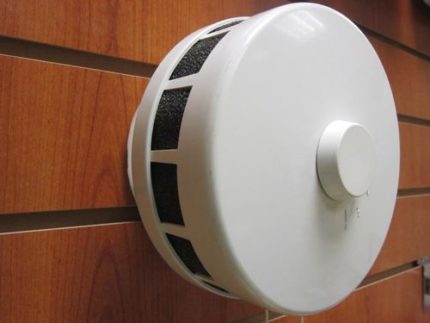
Such a simple device as a deflector will help to cope with a common ventilation problem - the weakness of the exhaust draft. However, one should not forget that the exhaust will not work fully without a supply ventilation system.
And checking the exit to the roof of the exhaust shafts, it is necessary to remember the intake grilles for fresh air masses. Their height above the ground should be at least 2 meters.
Conclusions and useful video on the topic
In the video, we will talk about how to make a ventilation deflector yourself:
So, for the full functioning of the ventilation system, it is recommended to increase the air duct above the roof level, to check the vertical arrangement of smooth rigid wide ventilation pipes.
It is also necessary to check the operation of the supply ventilation or fix the nozzle on the head of the shaft - the simplest deflector models can be made independently, each master chooses a suitable method for enhancing traction.
Have you ever encountered insufficient traction in the ventilation duct and how did you manage to cope with this problem? Please share your experience with other visitors to our site. The communication unit is located below.

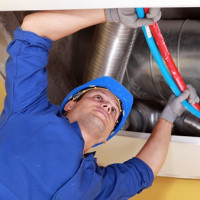 Repair of ventilation systems: analysis of popular malfunctions and methods for their elimination
Repair of ventilation systems: analysis of popular malfunctions and methods for their elimination 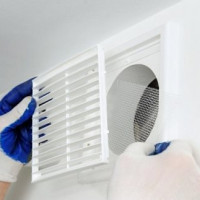 What to do if the ventilation in the apartment and the house does not work? Overview of possible causes and solutions
What to do if the ventilation in the apartment and the house does not work? Overview of possible causes and solutions  Installing a ventilation fungus on the roof: types and methods of installing a deflector on an exhaust pipe
Installing a ventilation fungus on the roof: types and methods of installing a deflector on an exhaust pipe  Sandwich pipe for ventilation: installation instructions and the nuances of assembling ventilation from a sandwich pipe
Sandwich pipe for ventilation: installation instructions and the nuances of assembling ventilation from a sandwich pipe  Turbo deflector for ventilation: principle of operation and comparison of types of rotational deflectors
Turbo deflector for ventilation: principle of operation and comparison of types of rotational deflectors 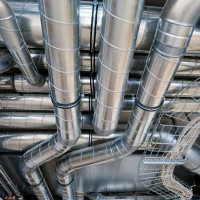 Types of ventilation pipes: a detailed comparative overview of ventilation pipes
Types of ventilation pipes: a detailed comparative overview of ventilation pipes  How much does it cost to connect gas to a private house: the price of organizing gas supply
How much does it cost to connect gas to a private house: the price of organizing gas supply  The best washing machines with dryer: model rating and customer tips
The best washing machines with dryer: model rating and customer tips  What is the color temperature of light and the nuances of choosing the temperature of the lamps to suit your needs
What is the color temperature of light and the nuances of choosing the temperature of the lamps to suit your needs  Replacement of a geyser in an apartment: replacement paperwork + basic norms and requirements
Replacement of a geyser in an apartment: replacement paperwork + basic norms and requirements